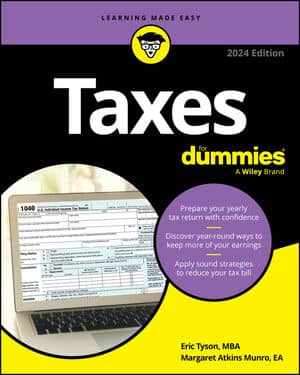Canada Revenue Agency gave us all a little gift recently. As of January 2009, you can shelter up to $5,000 a year in investments in a Tax-Free Savings Account (TFSA). The beauty of the TFSA is that you can withdraw cash as needed — and you don’t pay a tax penalty. Here’s what you need to know about the Canadian TSFA in a nutshell:
You can start contributing to a TFSA at age 18 — all you need is a Social Insurance Number (SIN).
TFSA contribution room accumulates even if you don’t open an account. What that means is that, if you don’t open an account or make a contribution this year, by next year, you’ll have $10,000 in contribution room waiting and so forth.
Over-contributions are subject to a penalty tax of 1 percent per month.
Eligible investments in a TFSA run the gamut, from daily interest savings accounts to stocks, mutual funds, bonds, GICs, and, in some cases, shares in small business corporations.
Income earned in a TFSA, including interest, dividends, or capital gains, isn’t taxable.
Unlike any other tax-advantaged savings vehicle, you actually recover contribution room the year after you make a withdrawal.
If you die, the fair market value of your TFSA goes into your estate tax free, but any gain or income that builds up afterward is taxable.
You can’t currently name a direct beneficiary for a TFSA, but future amendments to provincial laws may allow that.
The TFSA is versatile so you can use it in a number of ways:
Supplementing tax-sheltered money in RRSPs and Registered Retirement Income Funds (RRIFs)
Saving for your child’s education or your own education
Accumulating a down payment on a home
Keeping an emergency fund

